Climate change, even in the remote Arctic?
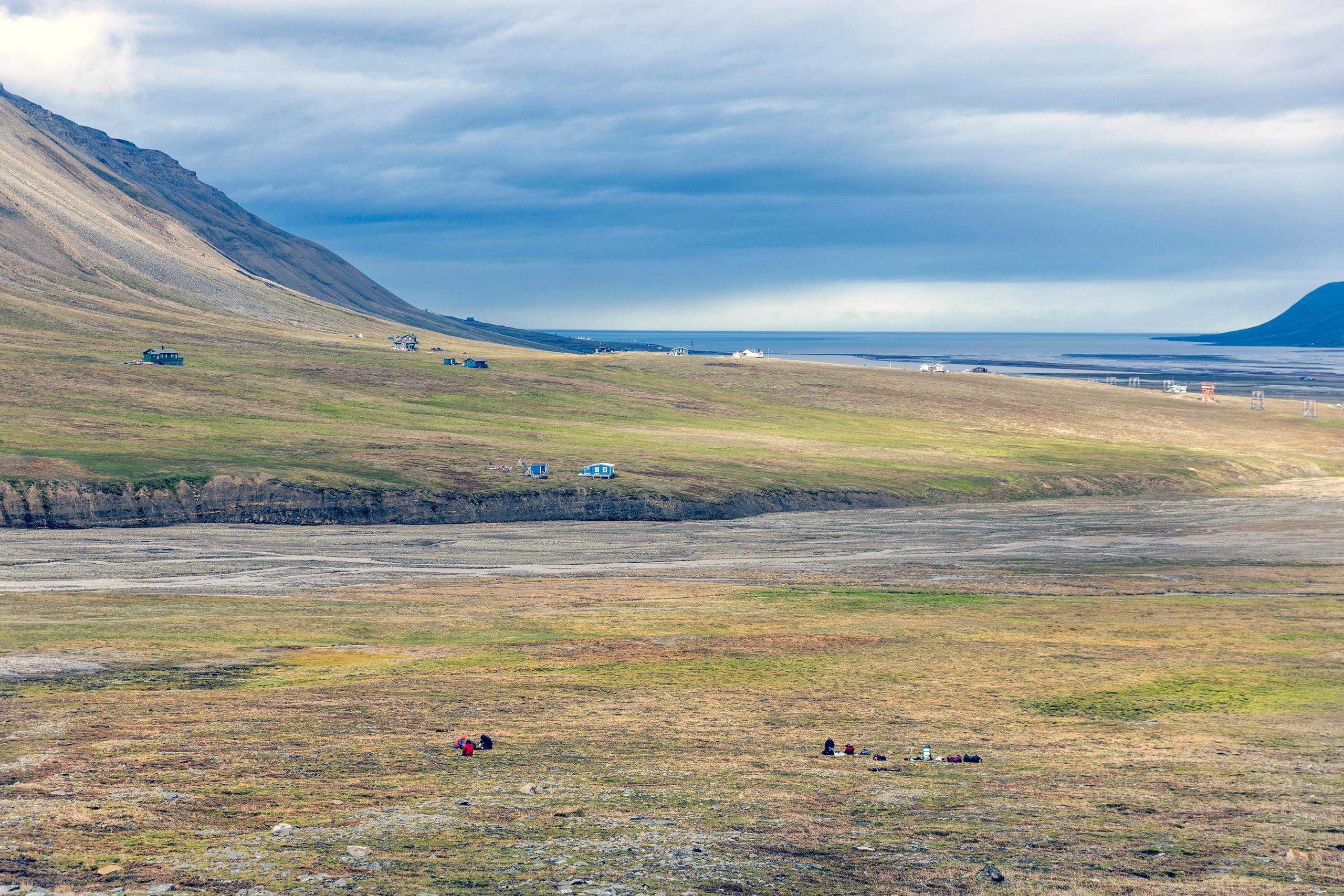
Everyone is talking about global warming, but what happens in far-flung regions like the Arctic archipelago of Svalbard? Current climate research predicts that the world will become at least 2°C hotter compared to pre-industrial times, which is dramatic for the highly specialised plants and animals in this region.
In order to predict how the composition and interactions of plants and microorganisms might change in the future, a dozen scientists from Norway and Switzerland – including us – are currently on the Norwegian island of Svalbard, located between Norway and the North Pole, for a month-long field trip. We are collecting a lot of data to find possible answers.
2MB field notes from Svalbard
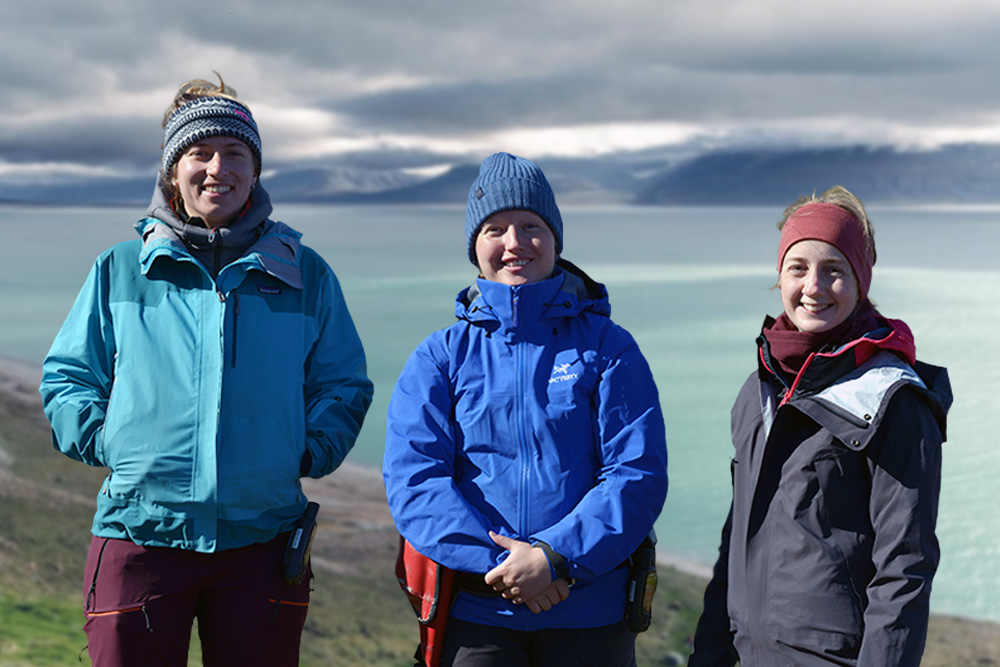
2MB – that was the daily amount of data our original bloggers from the Antarctic were allowed to send us via satellite about their research on microplastics. Data transmission is also limited this summer for Lena Bakker, Sigrid Trier Kjaer and Jana Rüthers (left to right), three other PhD students at the ETH Zurich who are heading north to the Norwegian archipelago of Svalbard to investigate Arctic greening, a process initiated by global warming and driven locally by soil chemistry, thickness and age.
We are all specialised in different disciplines, ranging from soil science to plant ecology, from botany to microbiology. After initial difficulties – caused in part by the Covid-19 pandemic, the Russian invasion of Ukraine and a pilots’ strike – the majority of the team finally arrived in Longyearbyen, the main city of Svalbard, on July 6.
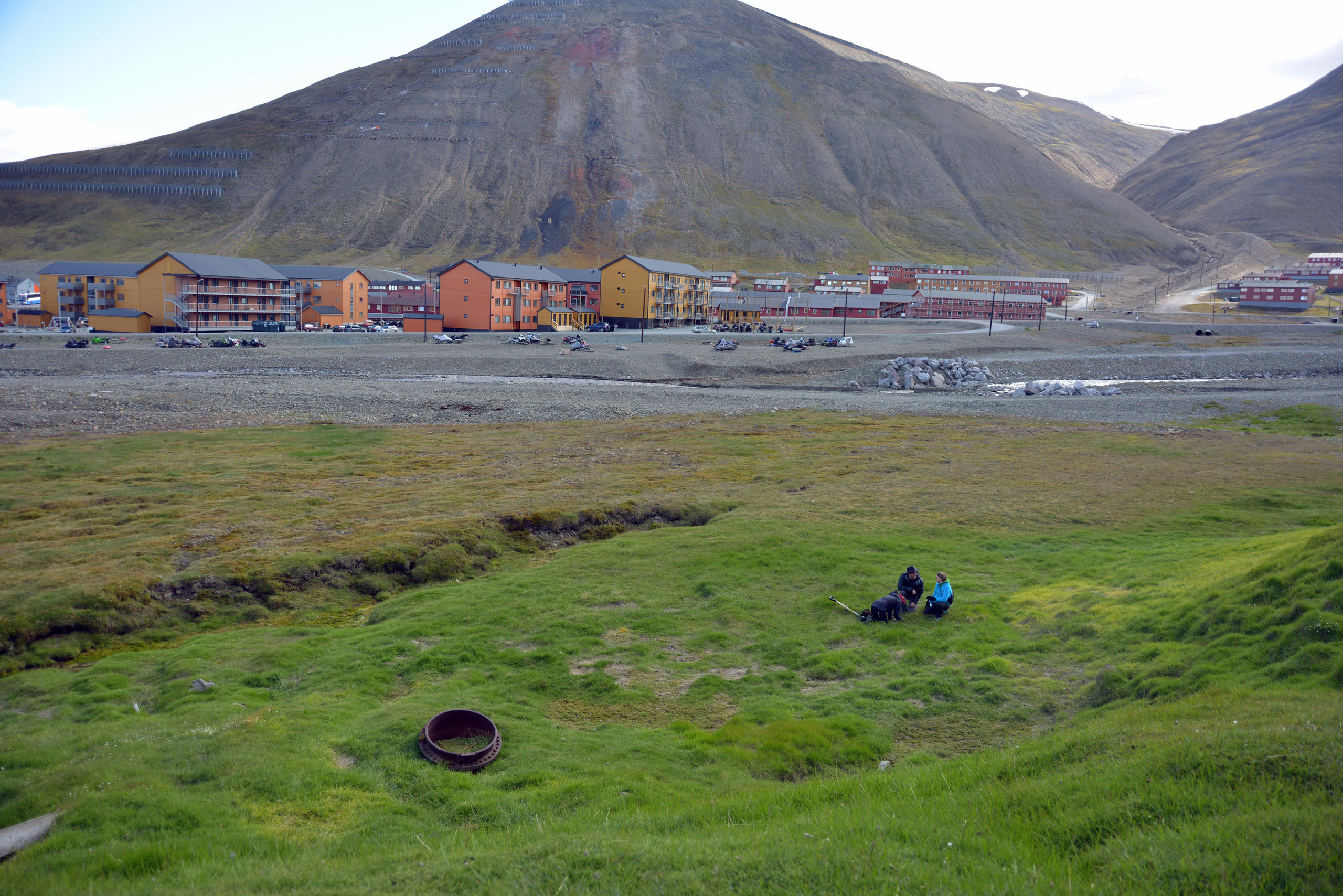
The island is bathed in eternal sunlight (which caused some sleepless nights), with curious reindeer in the middle of the village and countless geese with their goslings. In order to carry out research in this remote region where polar bears roam freely, and since we use open speed boats to get to our sites, we had to get basic rifle and survival training in the Arctic Ocean. We were surprised how difficult it is to coordinate ourselves and the whole group in giant survival suits.
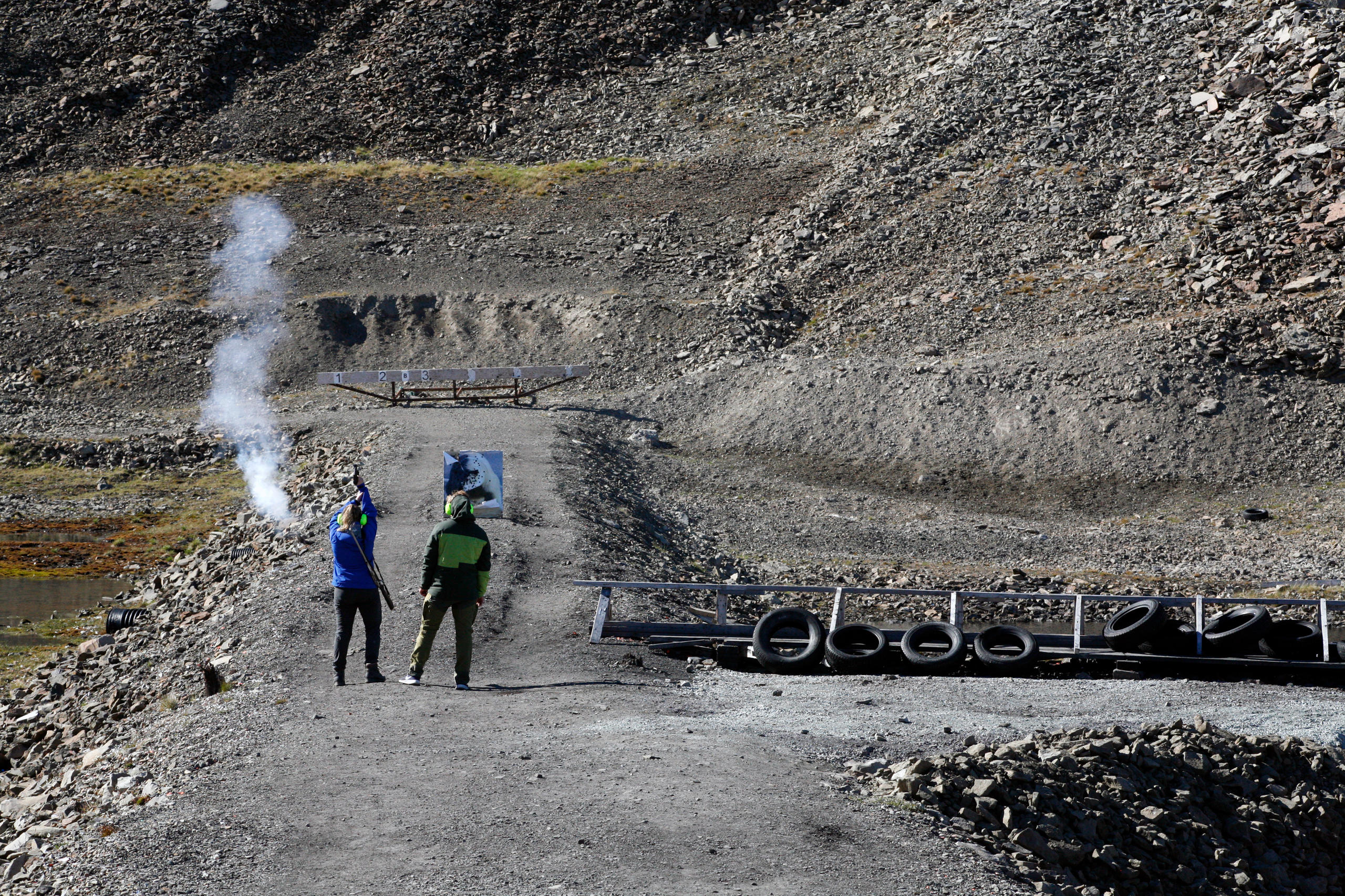
After the training, we visited our first research sites and were astonished by this amazing landscape. Reality soon taught us that strictly following planned methods did not work in this area. We could not find a plant species we were looking for. But after a few days, everybody had found their routine in the field and has got used to improvised offices and outdoor labs.
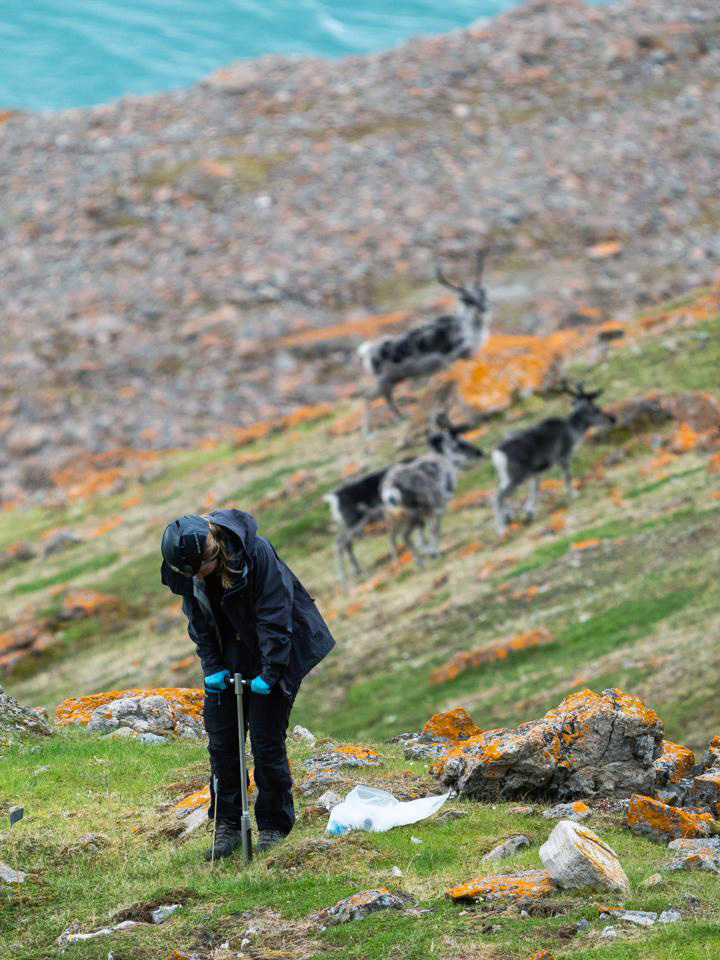
We also felt the impact of global warming and climate change first hand, with record temperatures of around 16°C on two days. That’s when we saw how green the Arctic can be. This is especially true at sites near human settlements or bird cliffs (with a lot of rare bird species that nest only in Svalbard), where the soils are enriched with nutrients. We could see a drastic change in plant composition in these areas. We are very interested in the results of microbiology and soil chemistry that we will analyse later in our lab in Zurich.
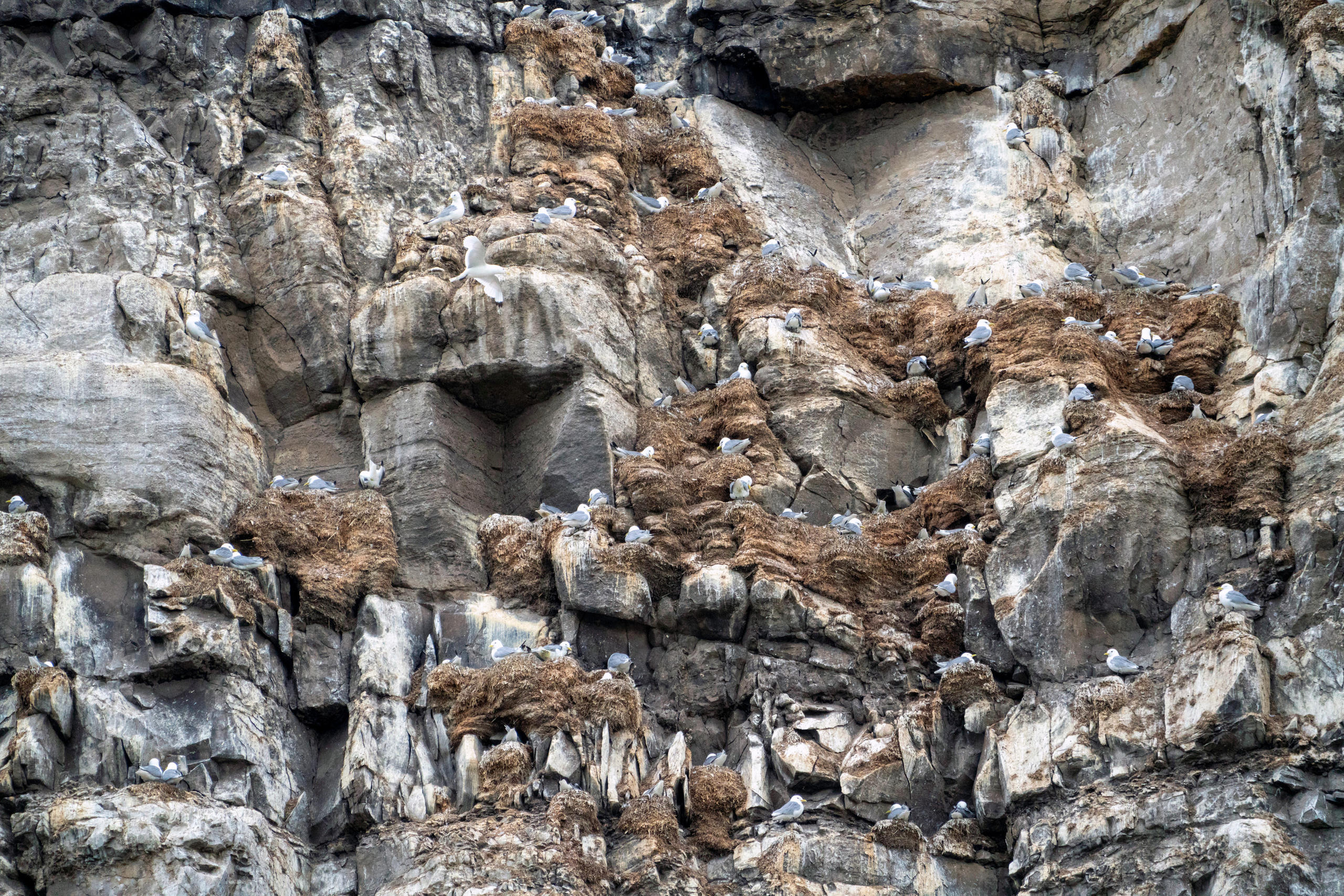
To receive future editions of this blog in your inbox, sign up for our science newsletter by putting your e-mail address in the field below.
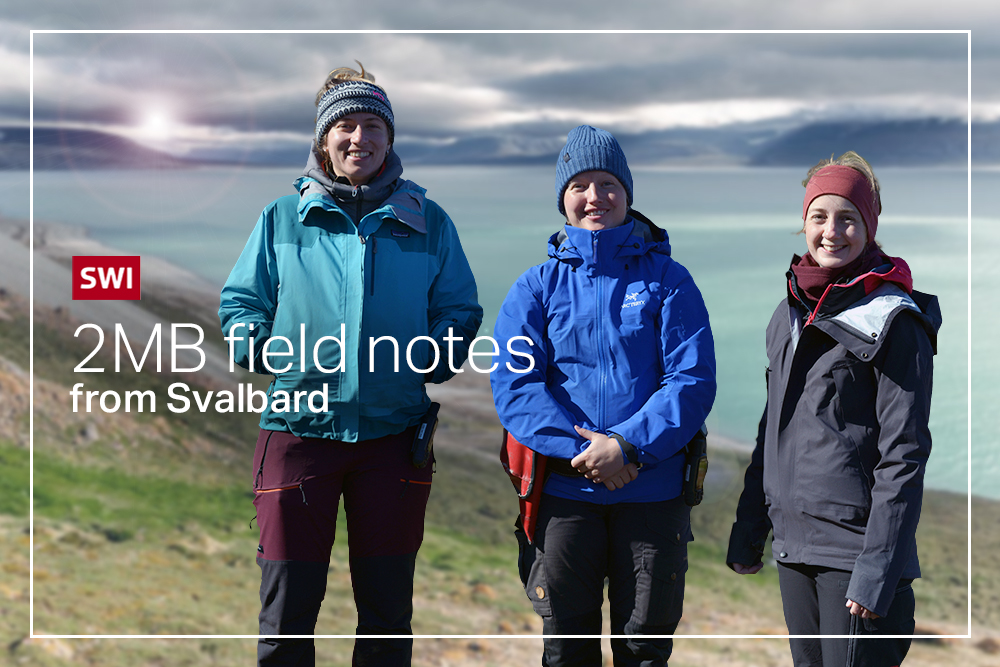
More
2MB field notes from Svalbard
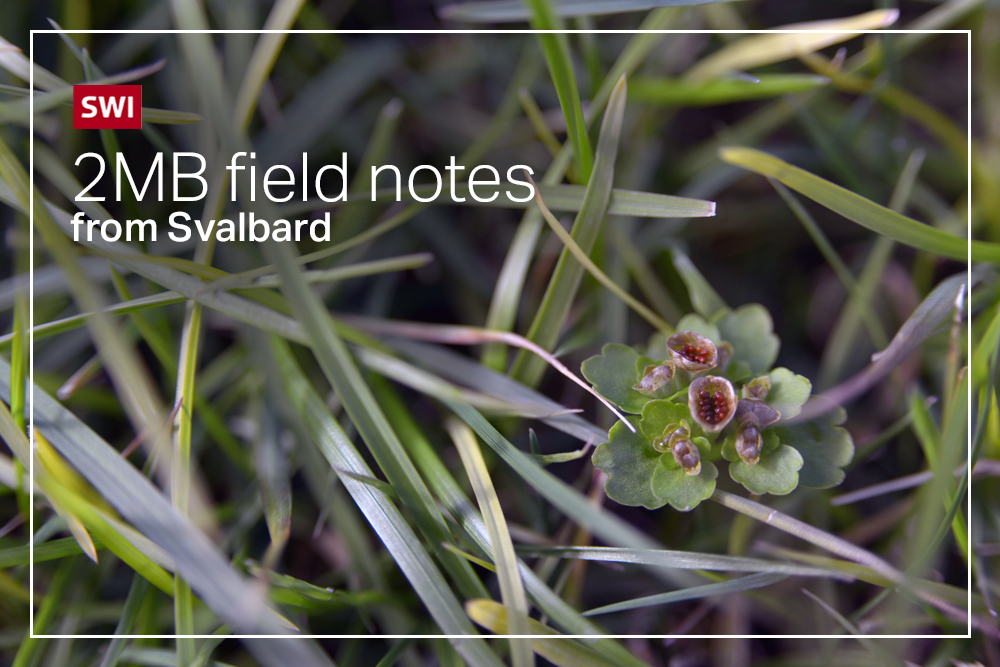
More
The links between human settlements and Arctic greening

In compliance with the JTI standards
More: SWI swissinfo.ch certified by the Journalism Trust Initiative
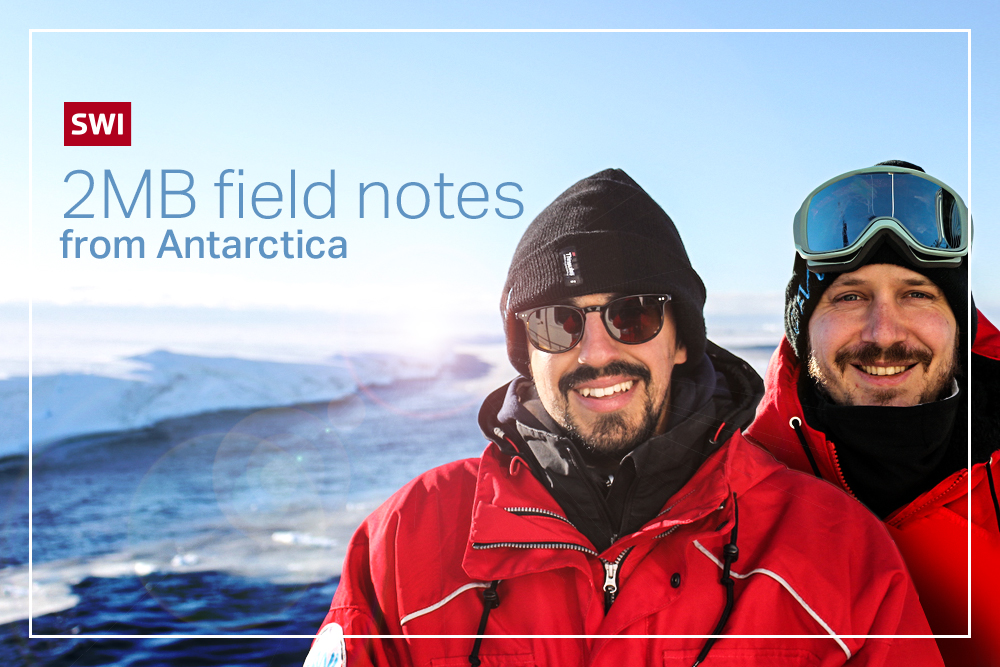
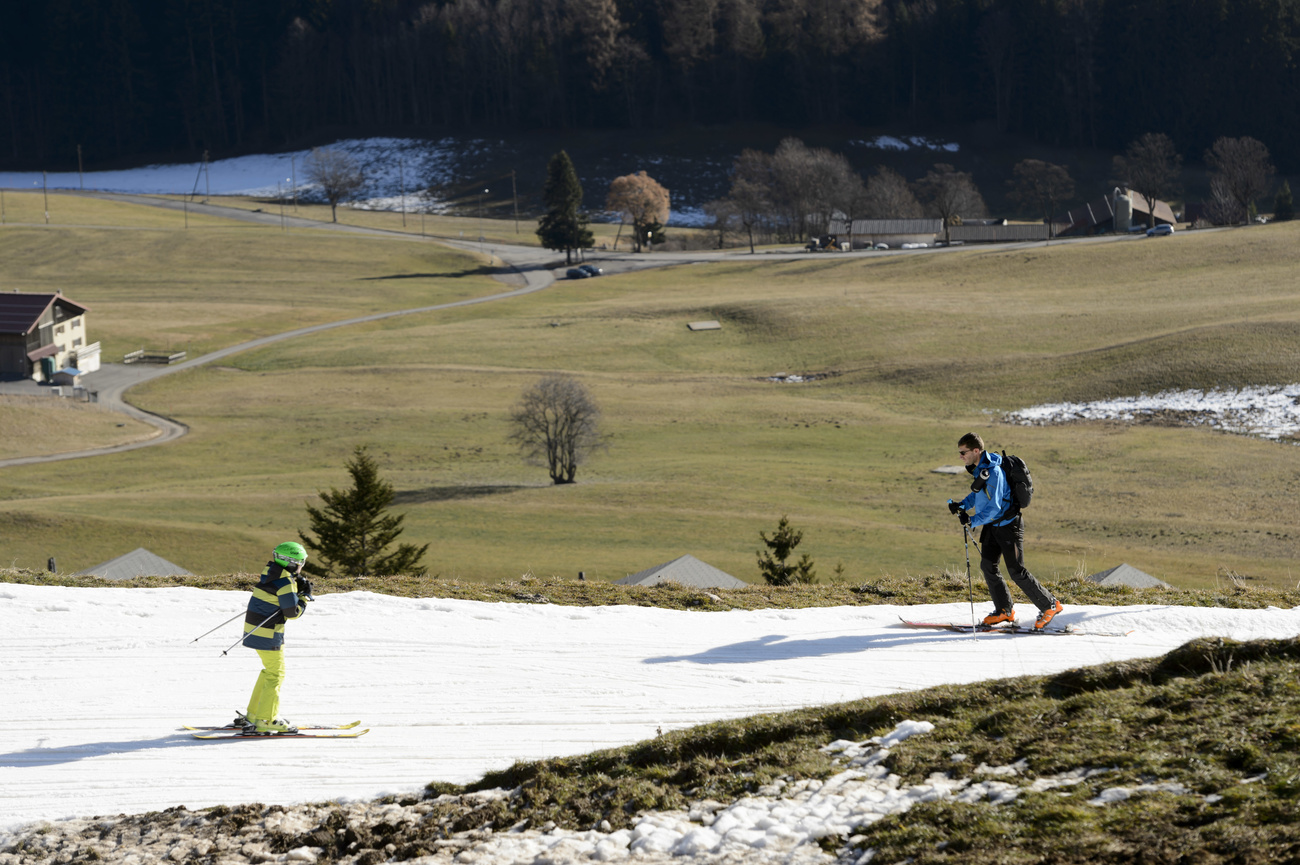
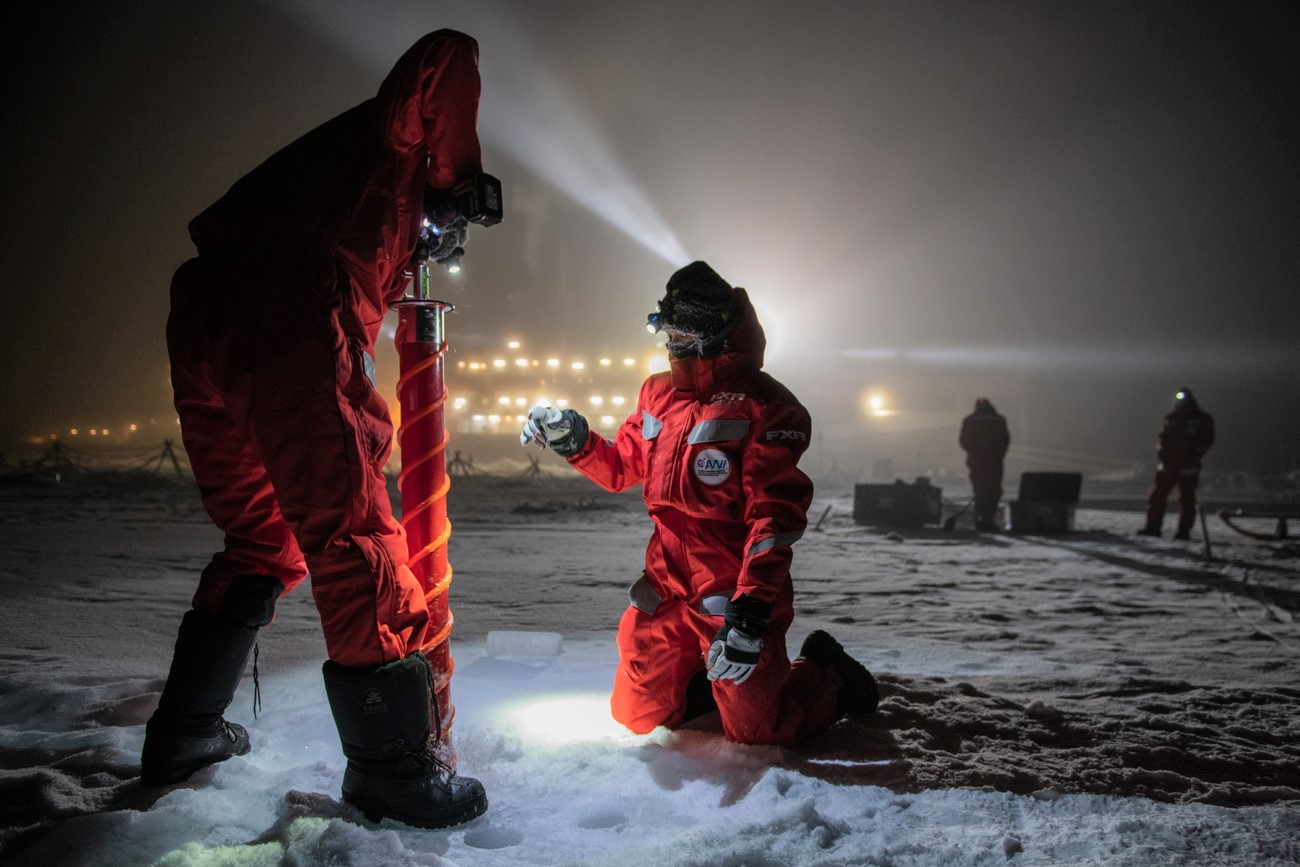
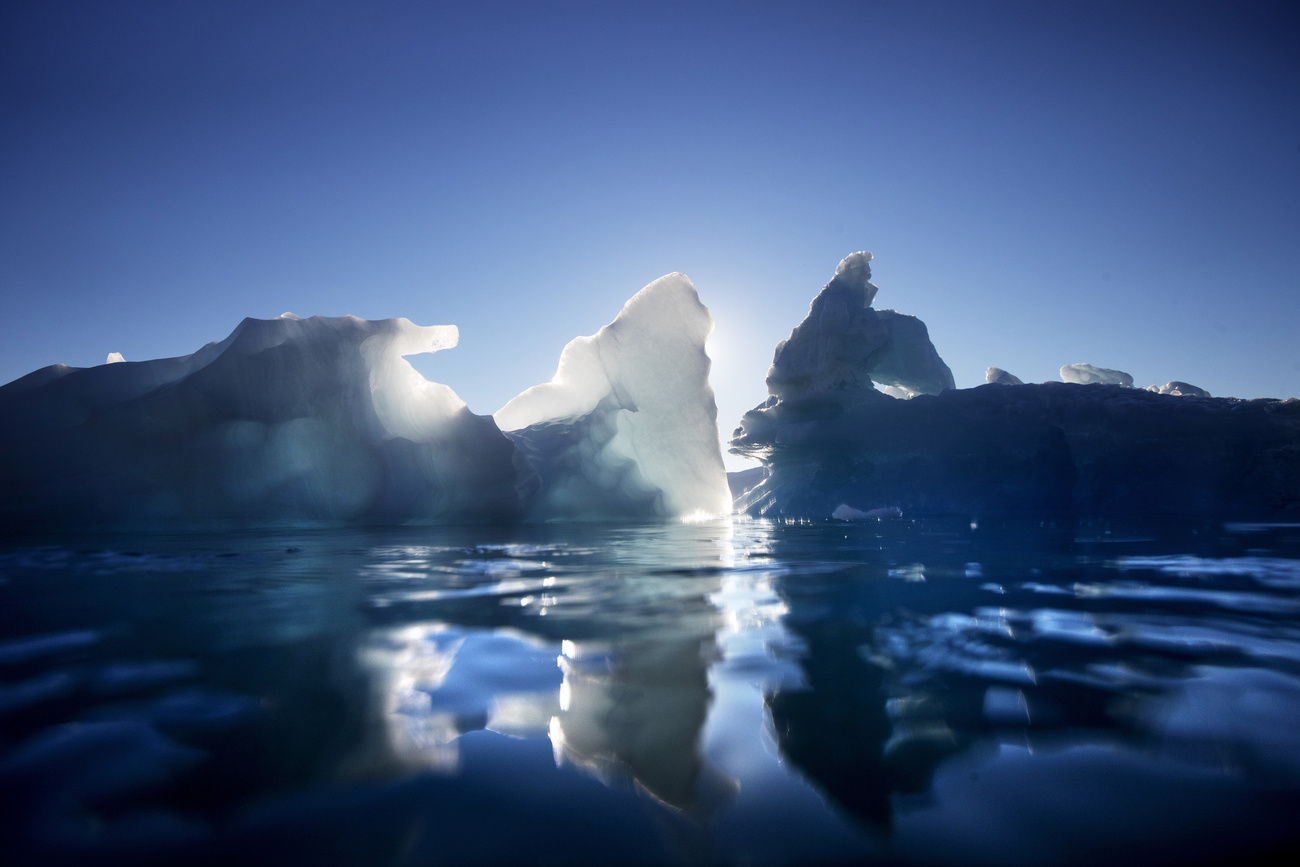
You can find an overview of ongoing debates with our journalists here. Please join us!
If you want to start a conversation about a topic raised in this article or want to report factual errors, email us at english@swissinfo.ch.